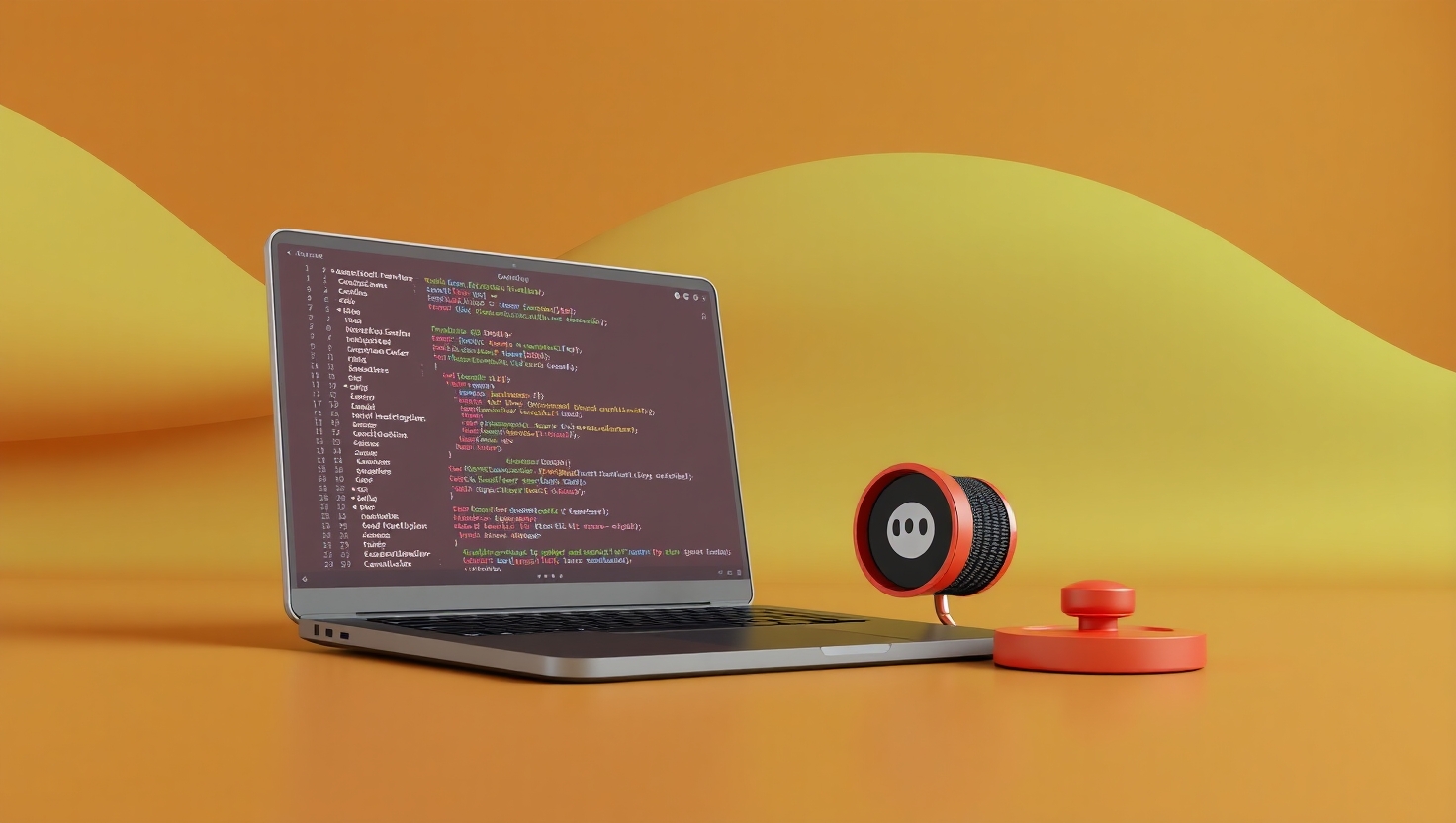GitHub Copilot has quickly become an essential tool for many developers around the world. This smart assistant, powered by artificial intelligence, offers real-time code suggestions that save time and make writing software much faster and more efficient. When you see its huge potential, it’s easy to get excited and want to rely on it almost every time you write code. However, it’s important to remember that even with such a smart digital helper, you still need to keep full control and stay alert. Otherwise, you might end up with code that looks good but that you don’t fully understand, or with solutions that aren’t optimal and could cause problems later on.
The key to using GitHub Copilot well is to see it as a helpful tool—not as a complete replacement for writing code yourself. Although the suggestions it gives are often impressive and surprisingly accurate, they’re based on existing code examples and statistical models, and may not fit every specific case or project requirement. So, whenever you get a suggestion, it’s worth taking a moment to check if it really makes sense in terms of logic, security, and efficiency. It’s also a good idea to fully understand the proposed code to make sure there are no bugs or vulnerabilities that could lead to future issues.
It’s also smart to use Copilot alongside a solid development process that includes unit tests, code reviews, and other tools designed to improve code quality. Don’t be tempted to just accept the first suggestion that pops up without running some checks or a manual review. This is especially important when working on critical code or systems that demand high security and stability. The ideal way to work is to use Copilot for ideas and inspiration, but then invest time in testing and refining before accepting the suggestion as final.
Another thing to keep in mind is that it’s helpful to learn Copilot’s style and behavior over time so you can make the most of its capabilities. As you get used to it, you’ll understand when it tends to offer good solutions and when you need to be more cautious. Also, combining it with version control and code management tools helps keep the process transparent and under your control at every step. Using these tools properly ensures you don’t lose track and can easily roll back if something goes wrong or needs changing.
In the end, GitHub Copilot is a powerful assistant that can level up your work and boost your efficiency, but real success comes from smart and careful use. It’s a balance between advanced technology and professional responsibility, plus a deep understanding of the code you write. When you keep that balance, you get to enjoy big benefits without losing control or reliability in your code.














